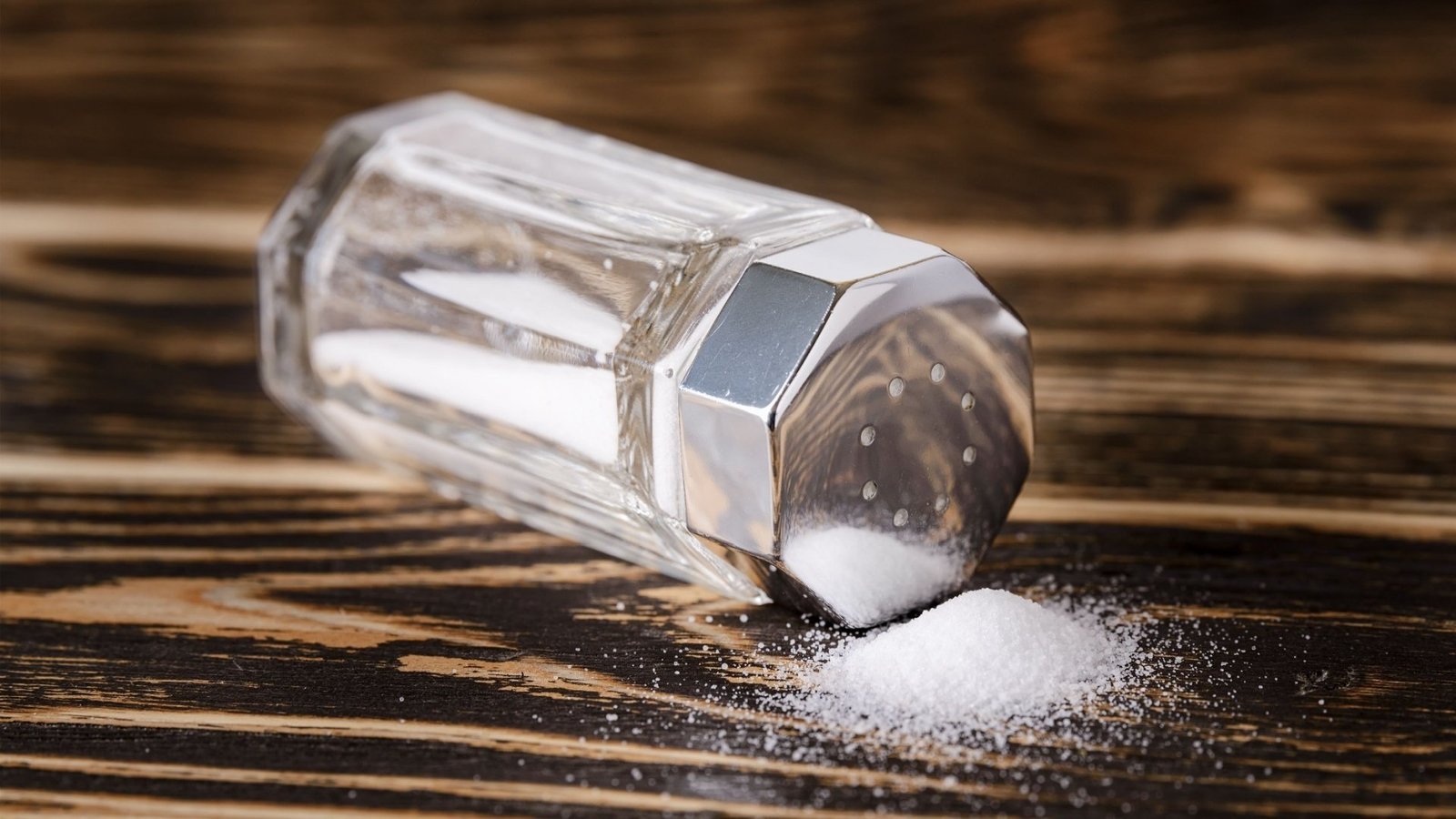We may earn a commission from links on this page.
For the past few months, I’ve had two salt shakers in my kitchen. One is Morton Salt Substitute, which is potassium-based, and I use it for the first few shakes of salt when I’m seasoning a dish. The other is regular table salt, which I use at the table. Now the World Health Organization is recommending that more of us try salt substitutes, and not just in the name of lowering sodium. Potassium is good for us, and it’s an easy way to get more in our diet.
Benefits of potassium-based salt
If you’ve ever tried to lower your sodium intake, you’re probably familiar with low-sodium or no-sodium salt substitutes. One potential benefit is, of course, that they give you an easy way to lower your sodium intake if you do a lot of your own cooking. Sodium can contribute to high blood pressure and other health conditions, so the World Health Organization recommends that most of us keep our sodium intake under 2,000 milligrams per day. (The U.S. recommendation is a bit more generous, at 2,300 milligrams.)
But this isn’t just about sodium. When it comes to heart health, most of us get more sodium than recommended and not enough potassium. Potassium is another mineral that our body needs, and consuming more of it has been found to reduce risks of cardiovascular disease. In this study, for example, people who switched to a potassium-based salt had fewer strokes, heart attacks, and deaths during the study than people who kept using a regular sodium salt.
We normally get potassium in our diet from fruits and vegetables. Potassium salt shouldn’t replace that, but it can be a good extra source of the mineral. According to the National Institutes of Health, adult women should get at least 2,600 milligrams of potassium per day, and adult men at least 3,400.
Downsides of potassium-based salt
Importantly, potassium supplementation is not for everyone. If you have kidney disease or impaired kidney function, or if you’re taking a medication that changes how your body processes potassium, you may want to avoid these salts. (Your healthcare provider can tell you more.)
How does potassium salt taste?
The people promoting salt substitutes for health tend to wave away concerns about flavor. Most people won’t notice the difference, they say. They may be right, but there is a difference.
Potassium salts have a subtly different flavor than regular sodium-based table salt. Sprinkle a little on your hand and lick it, and you’ll see what I mean. It’s still salty, and it doesn’t taste bad or anything, but it’s not quite the same.
In large amounts, potassium-based salt substitutes can taste slightly metallic or bitter. When companies make low-sodium versions of their products, they know to use a mix of potassium and sodium salts, so that’s what I do at home.
I use my salt substitute at the beginning of a recipe, when I’m browning meat or sautéing onions. It contributes a general saltiness to the dish. The next time I add salt, it’s usually the sodium kind. I figure I’m getting a roughly 50/50 balance, and then the salt shaker I bring to the dinner table is regular old table salt.
If that’s too complicated, you can just mix both types of salt in the same container. Or buy a salt substitute like Morton Lite, which is a mix of sodium and potassium salts. And if you need a long-term review to convince you it will actually be fine for daily use, one of the largest studies on salt substitutes found that, after five years, 90% of participants were still happily using their salt substitute.
This articles is written by : Nermeen Nabil Khear Abdelmalak
All rights reserved to : USAGOLDMIES . www.usagoldmines.com
You can Enjoy surfing our website categories and read more content in many fields you may like .
Why USAGoldMines ?
USAGoldMines is a comprehensive website offering the latest in financial, crypto, and technical news. With specialized sections for each category, it provides readers with up-to-date market insights, investment trends, and technological advancements, making it a valuable resource for investors and enthusiasts in the fast-paced financial world.


